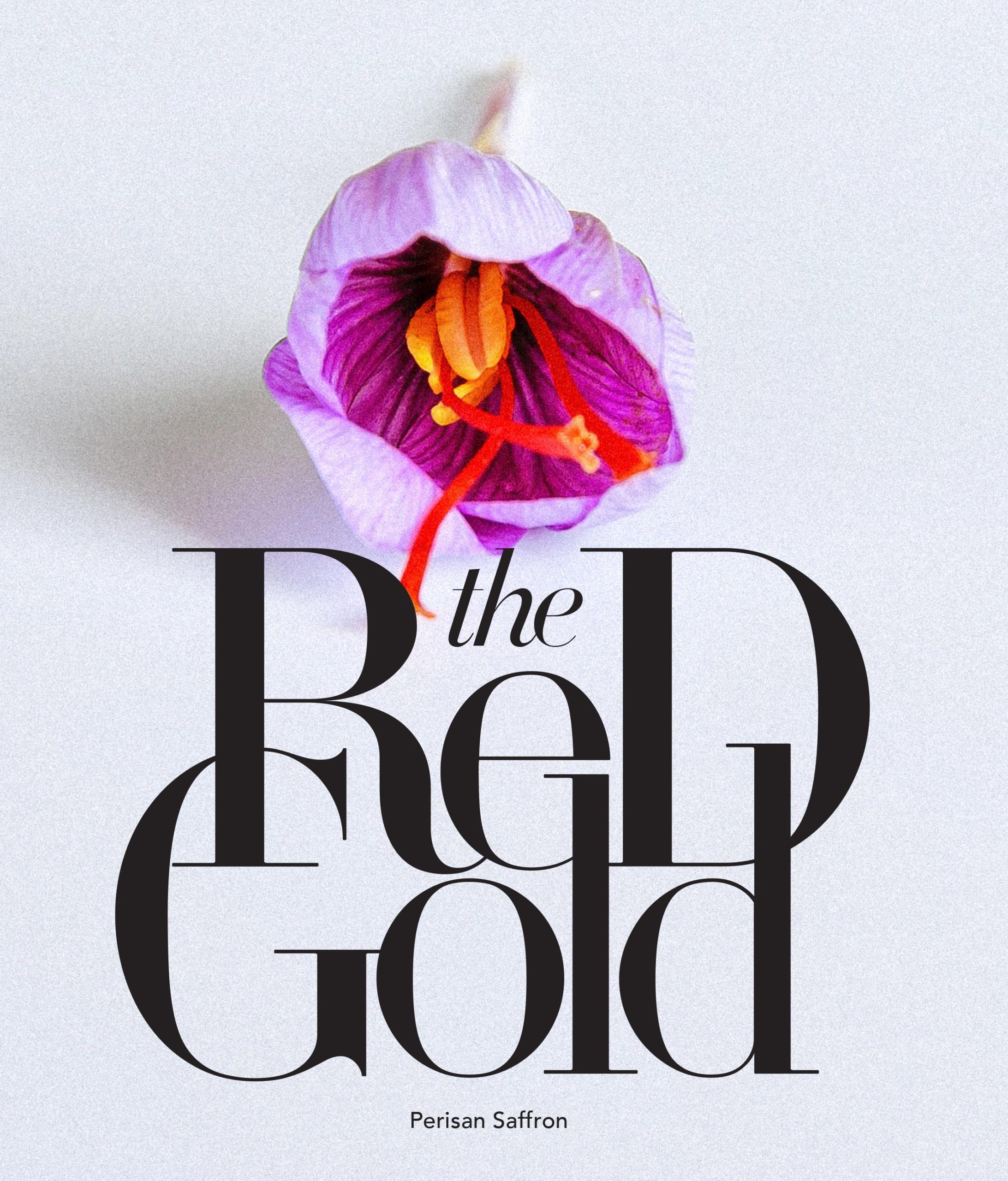
Persian saffron, often hailed as the “Red Gold” of Iran, carries within its delicate threads a rich tapestry of history and tradition that stretches back over millennia. Its journey from the rocky soils of ancient Persia to the tables of epicureans worldwide is a testament to the enduring allure of this precious spice.
The history of Persian saffron is as captivating as the spice itself. Tracing its origins to the regions of ancient Persia, saffron has been cultivated in the fertile valleys and sun-drenched fields of Iran for over 3,000 years. Its cultivation can be traced back to the time of the Achaemenid Empire, where saffron was prized not only for its culinary uses but also for its medicinal and spiritual significance.
Throughout history, Persian saffron has been revered by kings, poets, and scholars alike. Its mention in ancient Persian texts, such as the Avesta and the Shahnameh, attests to its cultural and symbolic importance. Legends abound regarding the discovery of saffron, with tales of mystical origins and divine blessings adding to its mystique.
The cultivation of saffron in Iran reached its zenith during the Islamic Golden Age, where Persian merchants traded saffron along the ancient Silk Road, spreading its fame far and wide. Its inclusion in Persian cuisine, particularly in dishes such as saffron rice, kebabs, and desserts, became emblematic of Iranian culinary tradition.
Saffron’s journey through history has not been without its challenges. Wars, invasions, and political upheavals have threatened its cultivation, yet the resilience of Iranian farmers has ensured its survival through the ages. Today, Iran remains the largest producer of saffron in the world, with the regions of Khorasan, Kerman, and Isfahan leading the way in saffron production.
The harvesting of saffron remains a labor-intensive process, steeped in tradition and skill. Each autumn, as the purple petals of the saffron crocus emerge, farmers venture into the fields at dawn to carefully handpick the delicate crimson stigmas. This meticulous process, passed down through generations, ensures the purity and potency of Persian saffron.
Beyond its culinary uses, Persian saffron holds a special place in traditional medicine and folklore. Revered for its medicinal properties, saffron has been used in ancient Persian remedies to treat a myriad of ailments, from depression to digestive disorders. Its inclusion in rituals and ceremonies further underscores its spiritual significance in Persian culture.
Today, Persian saffron continues to captivate the world with its unparalleled flavor, aroma, and vibrant hue. From haute cuisine to home kitchens, saffron’s versatility knows no bounds, uniting food lovers across continents in appreciation of its exquisite taste and cultural heritage.
As we celebrate the golden essence of Persian saffron, let us also recognize the importance of preserving its legacy for future generations. Initiatives aimed at sustainable cultivation, fair trade practices, and cultural preservation are essential to safeguarding the traditions and livelihoods of Iranian saffron farmers.
In essence, the history of Persian saffron is a testament to the enduring spirit of Iranian culture—a story of resilience, innovation, and the timeless beauty of nature’s bounty. So let us cherish each precious strand of saffron, not only for its culinary delights but for the rich tapestry of history and tradition it embodies—the golden essence of Persia.
Saffron Milk Cake Recipe
Enjoy the delightful fusion of flavors in this saffron-infused milk cake, perfect for any occasion!
Ingredients
1 cup all-purpose flour
1 teaspoon baking powder
1/4 teaspoon baking soda
Pinch of salt
1/2 cup unsalted butter, softened
3/4 cup granulated sugar
2 large eggs, at room temperature
1/2 cup milk
1/4 teaspoon saffron threads
1/4 cup warm water
1 teaspoon vanilla extract
Saffron-infused syrup (optional):
1/4 cup water
1/4 cup granulated sugar
Pinch of saffron threads
Instructions
- Preheat your oven to 350°F (175°C). Grease and flour a 9-inch round cake pan or line it with parchment paper.
- In a small bowl, crush the saffron threads slightly with your fingers. Then, add the warm water and let the saffron steep for about 10-15 minutes to release its flavor and color.
- In a separate bowl, sift together the all-purpose flour, baking powder, baking soda, and salt. Set aside.
- In a large mixing bowl, cream together the softened butter and granulated sugar until light and fluffy.
- Add the eggs, one at a time, beating well after each addition. Mix in the vanilla extract.
- In a measuring cup, combine the milk and saffron-infused water mixture.
- Gradually add the dry ingredients to the butter-sugar mixture, alternating with the saffron milk mixture. Begin and end with the dry ingredients, mixing until just combined. Be careful not to overmix.
- Pour the batter into the prepared cake pan and spread it evenly.
- Bake in the preheated oven for 25-30 minutes, or until a toothpick inserted into the center comes out clean.
- While the cake is baking, prepare the saffron-infused syrup (if using). In a small saucepan, combine the water, sugar, and saffron threads. Bring to a simmer over medium heat, stirring until the sugar is dissolved. Remove from heat and let it cool.
- Once the cake is baked, remove it from the oven and let it cool in the pan for about 10 minutes. Then, transfer it to a wire rack to cool completely.
- If using the saffron syrup, poke holes in the top of the cake with a toothpick and brush the syrup over the warm cake, allowing it to soak in.
- Slice and serve the saffron milk cake as is or with a dollop of whipped cream or a sprinkle of powdered sugar for garnish.

